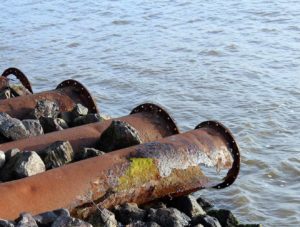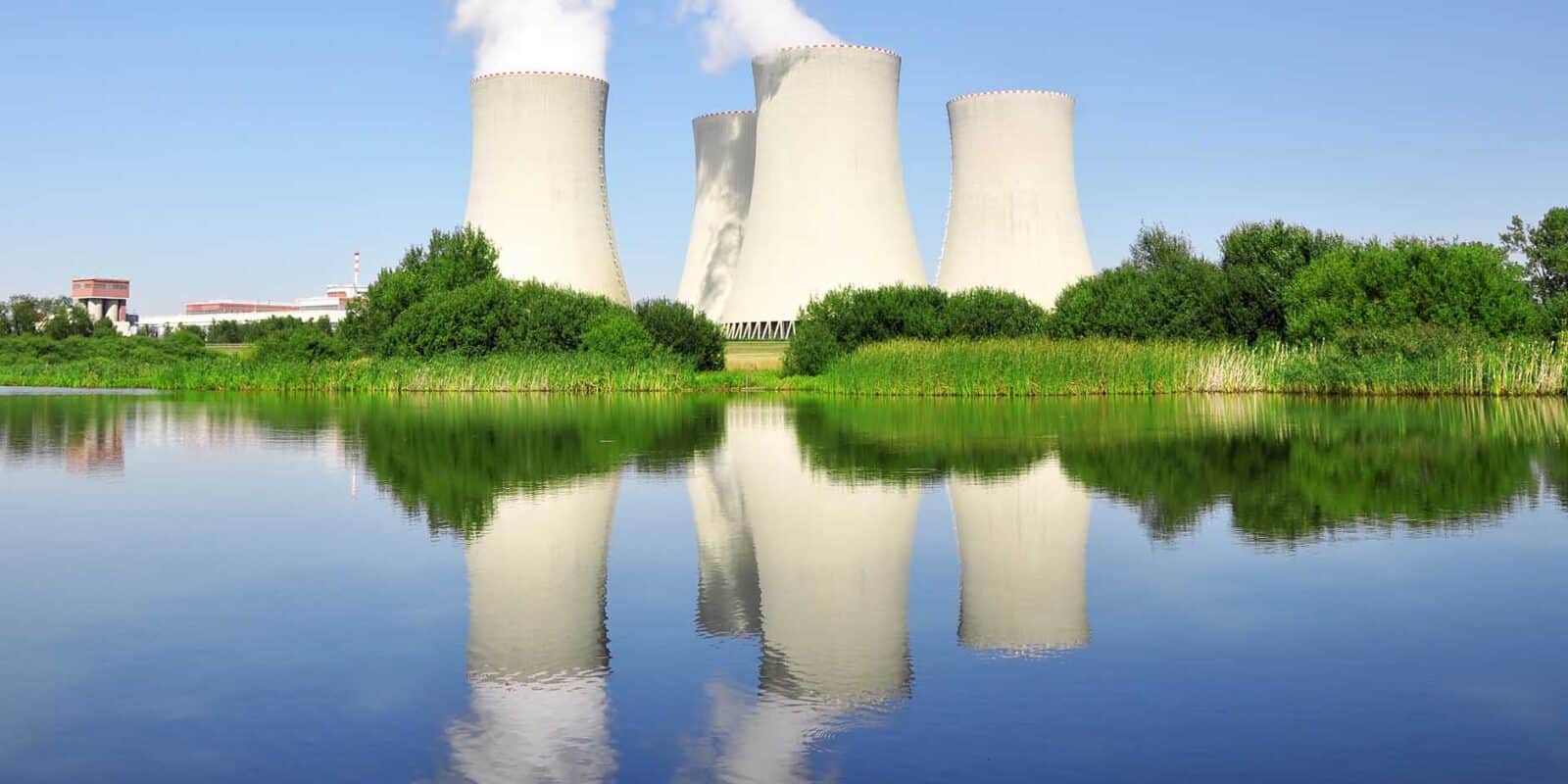- To comply with government regulations, such as EPA’s NPDES permit limits, it’s important to keep TSS and pH low. To achieve this, you need to control algae growth;
- Blue-green algae blooms can easily form in cooling, settling, and wastewater ponds;
- Algae cause a myriad of problems. Most importantly, they influence pH and TSS levels.
What are NPDES permits?
In short, NPDES permits were created to protect people’s health and water quality. They impose limits on what is allowed to be discharged and set monitoring and reporting requirements. The permit converts general definitions of the Clean Water Act into specific requirements for each person discharging pollutants.
Compliance with these regulations is important, as discharged water flows into local waterways and can damage the environment. In other cases, the water isn’t being discharged but reused in the treatment plant. High TSS levels can then become a problem, clogging filters much faster and making operations difficult. Similarly, when pH levels become too high, chemical processes in the plant are less efficient.
How does algae impact pH, TSS and BOD in water?
Warm, stagnant, and nutrient-rich water creates the ideal conditions for algae blooms to form. In industrial ponds, lagoons, and towers, these blooms cause all sorts of problems. They can produce moldy odors and deplete dissolved oxygen. Additionally, they release ammonia and phosphorus into the water and may accumulate as sludge when they die off.
Most importantly, algae increase pH, TSS, and BOD levels, making water discharging difficult and risking NPDES compliance.
How can you keep TSS and pH low?
As algae directly influence pH and TSS in industrial waters, it’s critical to know if and when they will grow. To achieve this, real-time monitoring is essential. By continuously monitoring what’s happening in a water body, you immediately notice changes that occur. And when those changes happen, you can be proactive.
To keep operations going, you need to keep pH and TSS levels in check. Yet, the more algae grow, the more pH rises—reaching high levels of up to 8.5, even 9.5. When water is kept in an open reservoir or pond, the presence of suspended solids mainly comes from the algae.

How to control TSS and pH in the long-term
Although there are plenty of options to choose from when it comes to algae, pH, and TSS control, most solutions are short-sighted. Their effects wear off rapidly, leading you back to where you started. For example, chemical treatments are effective and offer fast results; yet they kill the algae only after they’ve grown and caused problems. They need to be dosed frequently and aren’t environmentally safe. Also, chemicals may cause corrosion and other problems within a water treatment plant. Some may even raise pH and TSS levels.
An alternative is ultrasonic technology, which interferes with algae’s growth, depriving them of a chance to form blooms. This method doesn’t leave any residues in the water, working in harmony with the ecosystem. The ultrasonic system MPC-Buoy also monitors water parameters in real-time, offering continuous insights into TSS, pH, and more. Plus, it sends email triggers to customers when specific parameters are breached. This way, they can be proactive and ensure long-term compliance.
